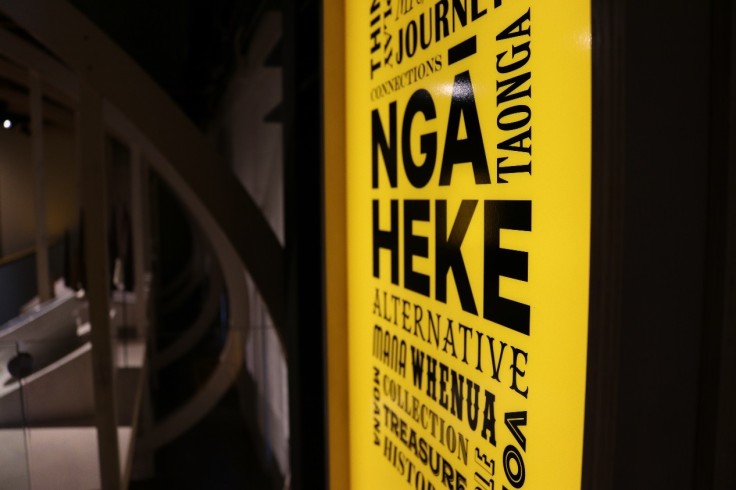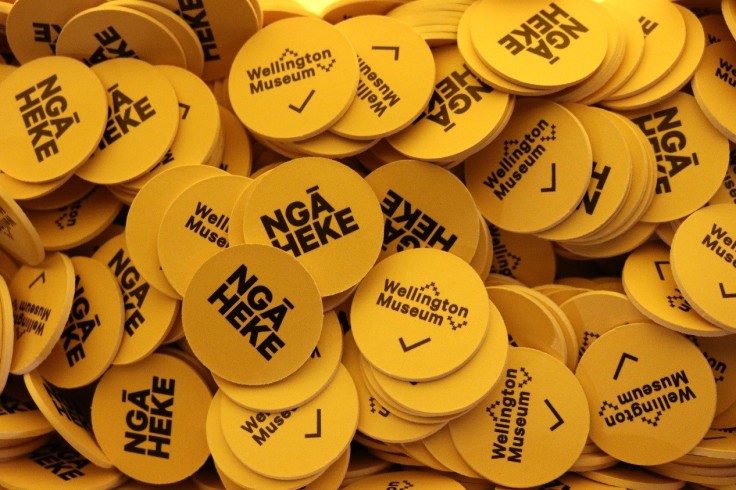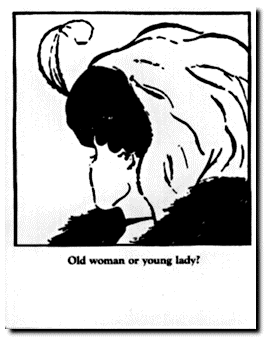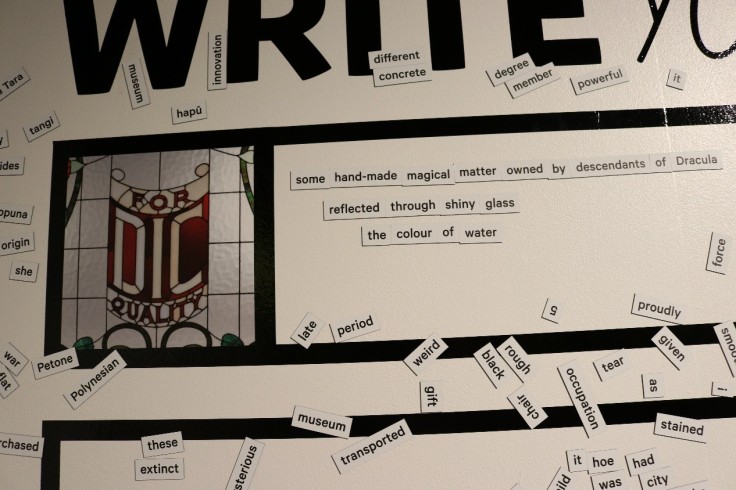(Written by Brent Fafeita, History Curator – Museums Wellington)
“The new limitations are the human ones of perception”
– Milton Babbit, Brainyquote.com
The heated 2016 US Presidential Election showed us that perception now strongly roams across Fact and Fiction. ‘Fake news’ is the buzz term and ‘actual fact’ is, at least to some, a matter of perception. ‘Truth’ varies according to utterer and intended usage.

Facebook news engagement, 2016. Source: Vox.com
But perception (and bias) are not easily talked about when looking inward at ourselves. It is one thing to talk of how others have difficulty with this, but altogether another to overcome personal and work-place resistance to talk of our own. Only through continual reflection and seeing through others’ eyes can we get a sense of all the possible alternate views and viewpoints. We then become better critical thinkers about the world around us.
In museums, we showcase protected objects, but these objects only exist because some person or persons in history deemed the object important enough to collect and protect – sometimes a factor of happenstance, sometimes of personal status or power. Likewise, the history connected to an object has been retained because some person or persons thought it too was important to collect and protect. The reality of recording history however lends itself to influence by the beliefs and thinking of the recorder. And as perceptions change overtime, so too do collecting habits. Those who collect now are selecting what to collect based on their current worldview, beliefs and bias.

Ngā Heke, at Wellington Museum, is a celebration of objects with varied amounts of ‘known’ histories. One objective is to promote thinking around what the object is and why it is here. Some of these objects demand their story be told as known by the Museum, while some allow for a minimalistic label approach to encourage imagination. For others, we offer alternate histories to challenge the very notion of fact – one is the Museum-told history while another is a fabricated but possible history. Visitors are encouraged to choose the history they believe or prefer using voting tokens, and then are invited to create their own alternate histories nearby. All these methods highlight perception and bias in varying ways.

Among many meanings, Dictionary.com defines perception as ‘the state of one’s ideas, the facts known to one.’ The key words here are facts known to one. Further, the many meanings of perception highlight the many forms it can take, and like an optical illusion, these can be different from different viewpoints. Our minds interpret what our senses record, and sometimes the mind only interprets what it wants or is able to comprehend.

Other forums address perception in a variety of ways. Othertimelines.com showcases an ‘alternate history’ timeline, and The Museum of Alternative History (MOAH) presents ‘a selection of the fittest explanations for the nature of the world and universe, and alternate histories contrary to … well … history’ (museumofalternativehistory.com/). An alternate history theme park in Virginia (closed 2012) titled Professor Cline’s Dinosaur Kingdom (roadsideamerica.com/story/10790), was a reimagination of the American Civil War with the inclusion of dinosaurs. How much different would history be if this was the actual case?! In text, the book ‘Provenance: An Alternate History of Art’ edited by Gail Feigenbaum and Inge Reist explores:
”… in myriad ways how an owner’s relationship with a work of art or, in varying degrees, with the object’s previous owners can change irrevocably the way the work will be perceived and understood by future generations.”
Many museums throughout history have operated on the basis of being an authority on our material world. Museum practitioners however should discuss more our challenges with perception and bias. In a user-defined world, perhaps perception is best left up to the ‘user’ – the one connecting with the object in the moment? Although lovely in concept, this appears near impossible. We encounter bias by merely placing objects on display. They are selected, presented and interpreted using some form of bias, known or unknown. By discussing our challenges in being objective, visitors are reminded that we too are governed by the same challenges of perception. And if judgement comes, we should welcome and embrace it to further the discussion of how museums of the 21st century should act.

Looking ahead, we can’t be certain of future collecting practice, or even of the collections themselves, including the information attributed to them. Of importance is perhaps not the information, but the actual connection between object and ‘user’. Further, instead of rewriting history based on current perception, we accumulate and promote the creation of more. In this way value is placed in the many, not just the one believed correct. It is my view that all things extending from the material to the immaterial, from history to today and beyond, are governed by the perceptions of those partaking, and therefore those partaking are fundamentally the most significant aspect. Then again, that is just my perception, even if subconsciously, I am being biased.
‘All our knowledge is the offspring of our perceptions.’
– Leonardo Da Vinci, Notable-Quotes.com


Leave a comment